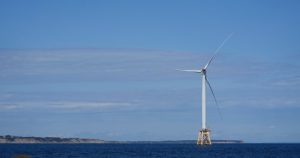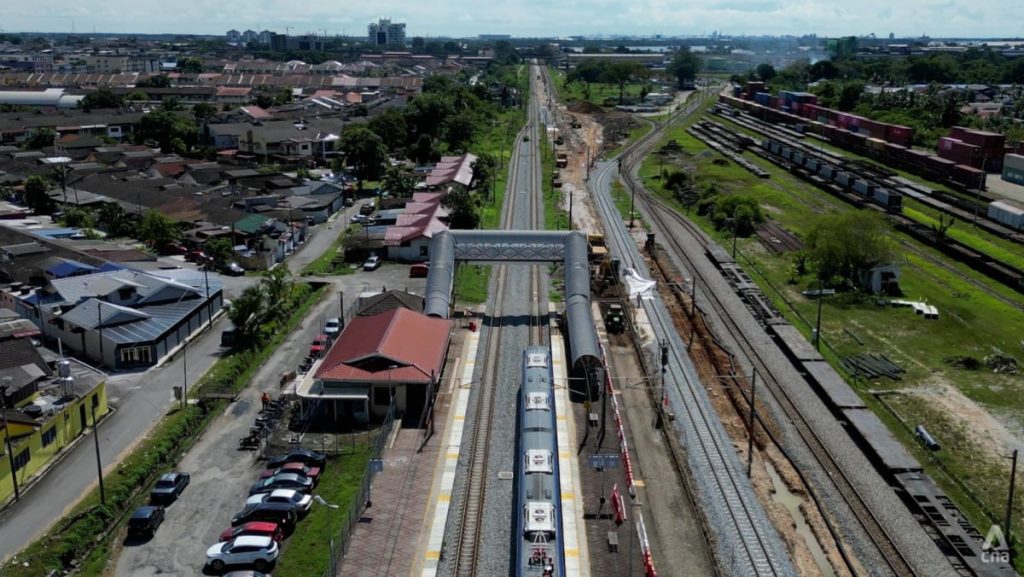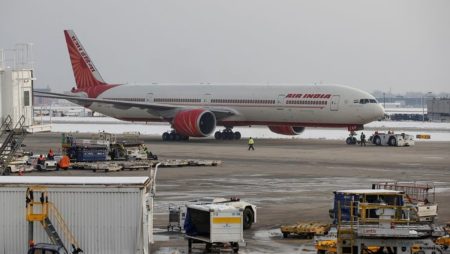The Malaysian logistics landscape is witnessing significant transformations, driven by strategic acquisitions and infrastructure developments aimed at bolstering port connectivity and industrial capacity. Recent activities around Port Klang and Kuantan Port exemplify this trend, with real estate investment trusts (REITs) playing a crucial role in acquiring and developing industrial assets to capitalize on the growing demand for warehousing and logistics services. This investment surge is fueled by the recognition of these ports as critical gateways for trade and the potential for substantial returns from the burgeoning industrial sector.
In August, two notable acquisitions underscored the increasing attractiveness of Port Klang’s industrial real estate. KIP REIT acquired a leasehold interest in a 2.9-hectare plot with an existing industrial warehouse within the Port Klang Free Zone for RM23.7 million. This acquisition highlights the strategic importance of the Free Zone in facilitating international trade and attracting investments in logistics infrastructure. Concurrently, Axis REIT, known for its focus on industrial properties, secured two adjacent land parcels with accompanying buildings near Port Klang for a considerably larger sum of RM158.64 million. These acquisitions signal a strong belief in the long-term growth potential of the Port Klang area, driven by its excellent connectivity and robust industrial activity.
Axis REIT’s rationale for the acquisition emphasizes the revenue-generating potential of the fully-occupied warehousing facilities, underlining the immediate income stream these assets provide. Furthermore, the strategic location of the properties, with easy access to major highways, reinforces their logistical advantages and enhances their attractiveness to tenants. These acquisitions are expected to act as catalysts for further development in and around Port Klang, including areas like Pulau Indah and Carey Island. The expansion of logistics infrastructure in these areas will contribute to the overall efficiency and competitiveness of the port ecosystem, further attracting businesses and investments.
The emphasis on connectivity to Port Klang underscores its pivotal role as a major export hub for Malaysia. This connectivity is crucial for facilitating the seamless flow of goods, both domestically and internationally, and opens up significant opportunities for expanding commercial activities along Malaysia’s east coast. The strategic investments in warehousing and logistics infrastructure around Port Klang demonstrate a proactive approach to maximizing the port’s potential and leveraging its strategic location to drive economic growth.
In contrast to the bustling activity around Port Klang, Kuantan Port on the east coast presents a different picture, although still heavily influenced by industrial activity. The landscape surrounding Kuantan Port is characterized by large petrochemical tanks and gas pipelines, reflecting its focus on the energy sector. This industrial concentration has created a demand for accommodation for workers, leading to a proliferation of homestays catering to long-term rentals. This highlights the impact of industrial development on the local economy and the need for supporting infrastructure to accommodate the influx of workers.
While Kuantan Port shares the industrial focus with Port Klang, it faces the challenge of catching up in terms of attracting significant investments in logistics infrastructure. The development around Port Klang, driven by strategic acquisitions and a focus on enhancing connectivity, positions it as a leading logistics hub in the region. Kuantan Port will need to attract similar investments and develop a comprehensive strategy to leverage its strengths and capitalize on the growing demand for logistics services in the region to compete effectively. The future growth of both ports will be crucial for Malaysia’s overall economic development and its ability to maintain its competitive edge in the global logistics landscape.










